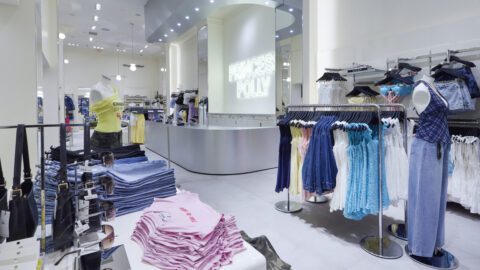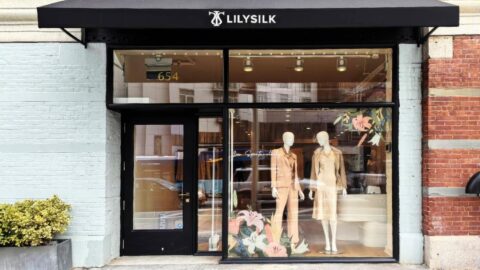More consumers are turning to online retailers such as Amazon to browse and buy items. These shifting consumer behaviors can, in part, be attributed to the fact that many brick-and-mortar retailers are restricted by inefficient inventory management processes, according to Greg Buzek, Founder and President of IHL Group.
During the webinar, titled: Retail Without Disappointment: Consumer Reaction to Out-Of-Stocks, Buzek shared research from IHL Group, which indicated that overall inventory distortion costs retailers worldwide an average of $818.4 billion.
The 2nd Annual Inventory Distortion Study from IHL Group and Tyco Retail Solutions also found that approximately 56% of this total was based on consumers not being able to access an item they intended to buy, while the remaining amount was due to retailers discounting items by more than 25%.
These statistics indicate that there is an underlying problem with the people and processes within brick-and-mortar locations, Buzek noted. “When we asked retailers whose fault it was when something went wrong, more than half of respondents to the study claimed it was an internal process or personnel issue,” he said. “It’s an execution problem. If you’re installing IT without any consultation that adds process improvement through the organization, that project will never reach its potential ROI.”
Additionally, there is a severe disconnect between how retailers today view and define “out-of-stocks.” Buzek reported that 64% of retailers believed an “out-of-stock” is identified when internal systems report the item is not in a store. Others defined “out-of-stocks” as when an item is not available in-store or online (43%), and when the item is not on the shelf or in the stock room in a store (40%). Furthermore, 15% of retailers said an item was “out-of-stock” when a customer didn’t have access to an associate to help them find a specific item.
“The definitions of ‘out-of-stock’ aren’t all grouped together as a unified customer experience,” Buzek noted. “Yet to the customer, that is how they view whether or not something is in stock or out of stock: If they left a store without buying the item they wanted.”
More Consumers Do Not Complete Purchases In-Store
Consumers also are leaving brick-and-mortar stores more frequently without purchasing specific items that they intended to buy, IHL Group research revealed.
The total percentage of consumers not completing purchases, based on category, include:
- Clothing/Shoes: 30.8%
- Electronics: 30.3%
- Sporting Goods: 27.5%
- Home Improvement: 22.3%
- Auto Supplies: 19.3%
- Food/Grocery: 9.2%
“We expect an empty shelf to be a key indicator of why consumers walk [out of a store],” Buzek said, “But the fact that store associates couldn’t help consumers find an item was a big factor, as well.”
Lowering The Bar For The In-Store Retail Experience
Despite the inventory inefficiencies, IHL Group research indicated that consumers still are willing to return to retail locations, even in light of a poor shopping experience. Nearly half (46.3%) of consumers reported that they would give a retailer another chance, while only 10% said they were less likely to shop at a location again.
Moreover, if consumers ordered an item online for in-store pickup, and that item was not available when they arrived to pick it up at the store, 34.1% of consumers said they would never shop at that specific retail location again, according to the IHL Group study. However, 34.7% of respondents said they might shop there again, while 31.1% indicated that it depended on their access to alternative stores. These situations occur, Buzek noted, when “location means more than customer experience.”












